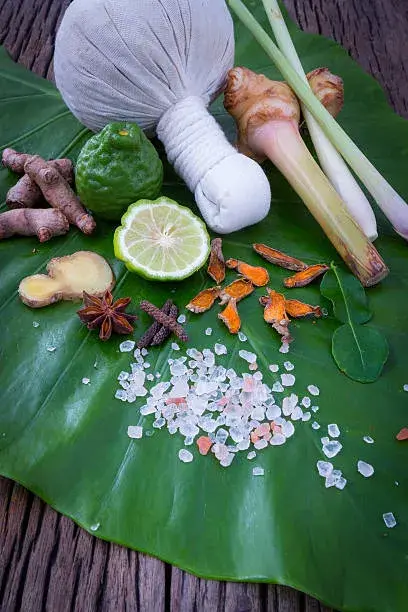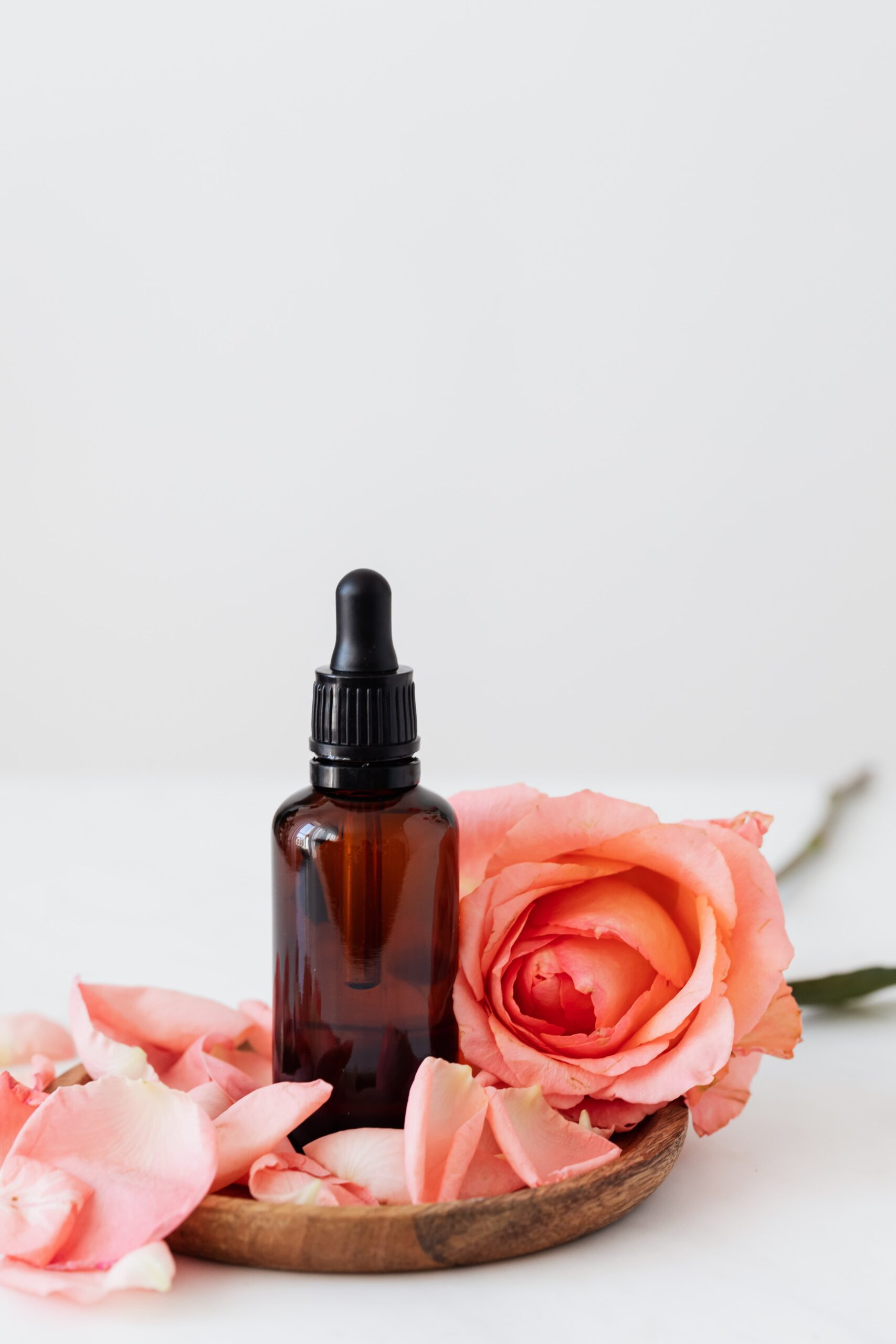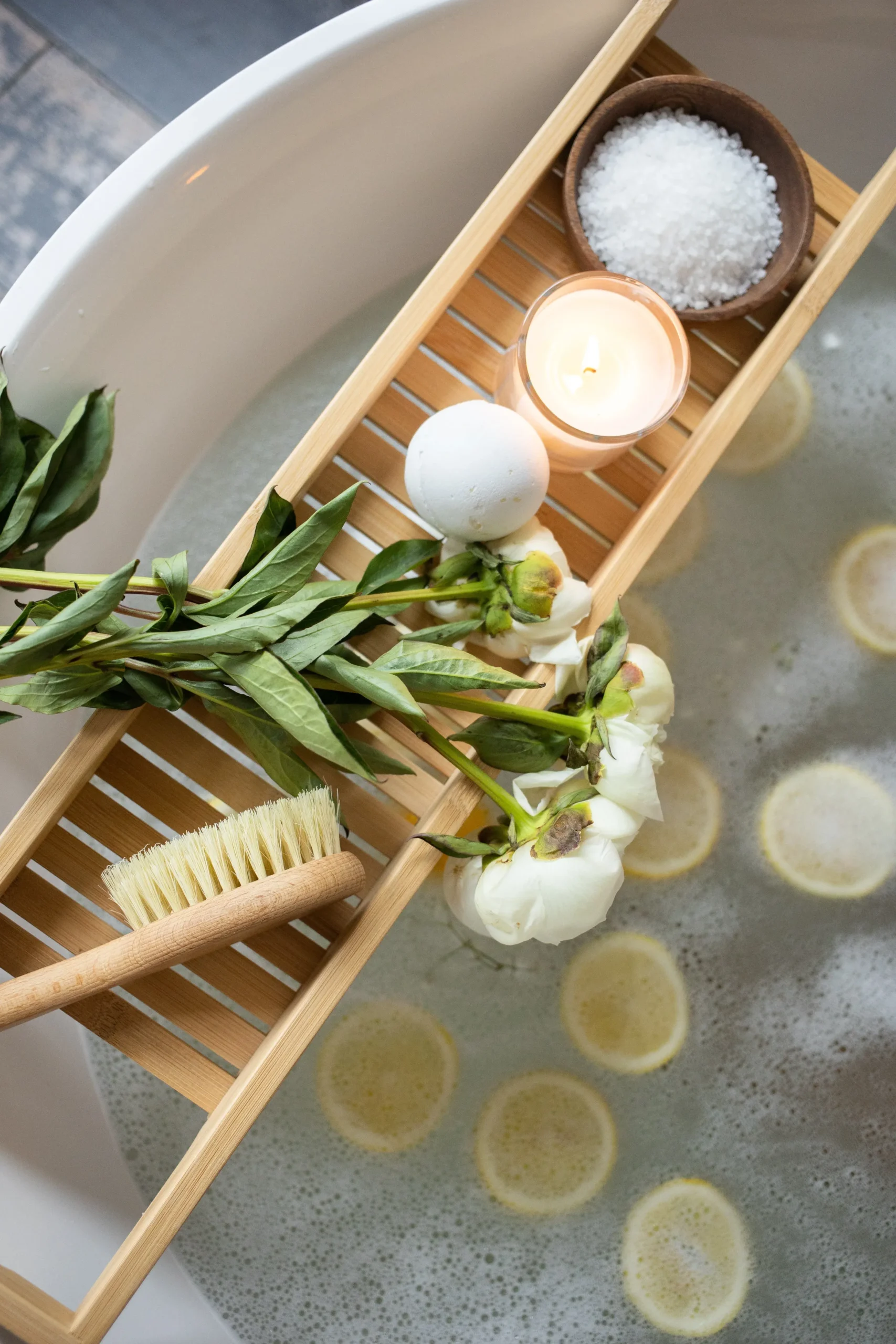Tarragon
Artemisia dracunculus
This aromatic herb, whose flavor resembles a mild licorice, derives its name from the French esdragon, meaning “little dragon.” It is unclear whether the name refers to the serpentine root system of the plant or its reputation in the Middle Ages as an antidote for poisonous snakebites. Today, tarragon is primarily used for culinary purposes, but it still has some medicinal value, even when added to foods in small amounts. In fact, scientific analyses confirm the benefits of tarragon in treating digestive complaints and in helping stimulate the appetite. Because chewing on the fresh leaves numbs the mouth, the herb is also a folk remedy for toothaches. In addition, tarragon may promote menstruation, fight fatigue and calm the nerves. Used as a substitute for salt it can help people with high blood pressure.
TO AID THE GALLBLADDER
The effective combination of tannins and bitters in tarragon promotes bile production by the liver. This, in turn, enhances digestion and helps to speed the elimination of metabolic waste products from the body. Drinking tarragon tea is an excellent way to stimulate the production of bile. To make the tarragon tea, pour 1 cup of boiling water over 1 tbsp. of the freshly chopped herb. Let the tea steep for 10 min. then strain it and drink while it is still hot. For best results, drink 1 cup daily.
Tarragon
Artemisia dracunculus
Therapeutic Effect:
Drying largely destroys fresh
tarragon’s active essential volatile oil, so it should be used in teas or food. A warming herb, tarragon stimulates appetite and helps relieve gas. Because it promotes the formation of gastric juices and increases bile activity, the herb helps the body digest fats.
🙤 Components
Tarragon’s main component is an essential oil containing estragole and ocimene. This fragrant herb also provides tannins, bitters, terpenes, flavonoids and coumarin. The antispasmodic properties of coumarin can relieve pain.
🙤 Combating intestinal parasites
Tarragon tea helps fight intestinal worms. Pour 1 quart of boiling water over 1 ounce of fresh tarragon leaves. Steep the brew for 10 minutes, and then strain. Drink two cups in the morning. and refrigerate the remaining tea. Reheat the tea and drink two cups in the evening.
Extra Tip
Tarragon liqueur relieves digestive complaints. Steep 2 oz. of fresh tarragon in 1 qt. of 80-proof alcohol for 2 months. Strain the leaves and add 1/4 cups of sugar syrup. Have a small glass daily after meals.
✽ Spicy Tarragon Mustard ✽
2 tbsp. olive oil
¹½ cup fresh tarragon, chopped
2 tsp. white wine vinegar
1 tbsp. sugar
½ tsp. salt
1. Combine 4 tsp. of cold water with the mustard to form a paste. Pour 1 cup of boiling water over the paste, stir and let stand for 45 min. Drain excess water.
2. Add a second cup of boiling water. After 45 min., drain the water again.
3. Stir in the remaining ingredient
✽ For Recuperation ✽
♦ Even when used as a culinary herb, tarragon can help the body recuperate after illnesses and regain its strength. To benefit from tarragon’s therapeutic properties, regularly add small amounts of fresh tarragon leaves to soups, sauces and salads.
✽ Tarragon Vfnegar ✽
♦ Tarragon vinegar is excellent for making salad dressings and marinades for meat or poultry. It s also a flavorful addition to gravies. To make Carragon vinegar, place 1 sprig of tarragon in an airtight bottle. Bring white wine vinegar to boil and carefully fill the bottle with the hot Liquid. The vinegar can be stored for several months if kept tightly closed in a dark place.
Kitchen Hint
◆ Use fresh tarragon whenever possible because dried tarragon is not as flavorful. Fresh tarragon adds a superb aroma to soups, sauces, fish dishes, marinades, cottage cheese, asparagus, cauliflower, broccoli and rice.
♦ Store fresh tarragon leaves in a plastic bag in the refrigerator. Alternatively, chop the leaves and place them in an ice-cube tray. Fill the tray with water or chicken stock and freeze. Use as needed.
◆ Dry tarragon upside-down in a warm, airy place, and then store the dried leaves in an airtight container in a dark place.
◆ Add tarragon sparingly to recipes because its spicy, bittersweet aroma can easily dominate the other ingredients in a dish. This is especially true if it is combined with marjoram, chervil or parsley.
◆ Buy only the French tarragon plant, also described as “real tarragon. “The smooth, dark green leaves of the French variety have more oil-and therefore more flavor and medicinal value-than the Russian type (which is essentially flavorless). You will recognize the Russian variety by its paler and slight hairy leaves.
Extra Tip
Tarragon liqueur relieves digestive complaints. Steep 2 oz. of fresh tarragon in 1 gt. of 80-proof alcohol for 2 months Strain the leaves and add 1’/: cups of sugar syrup. Have a small glass daily after meals.













